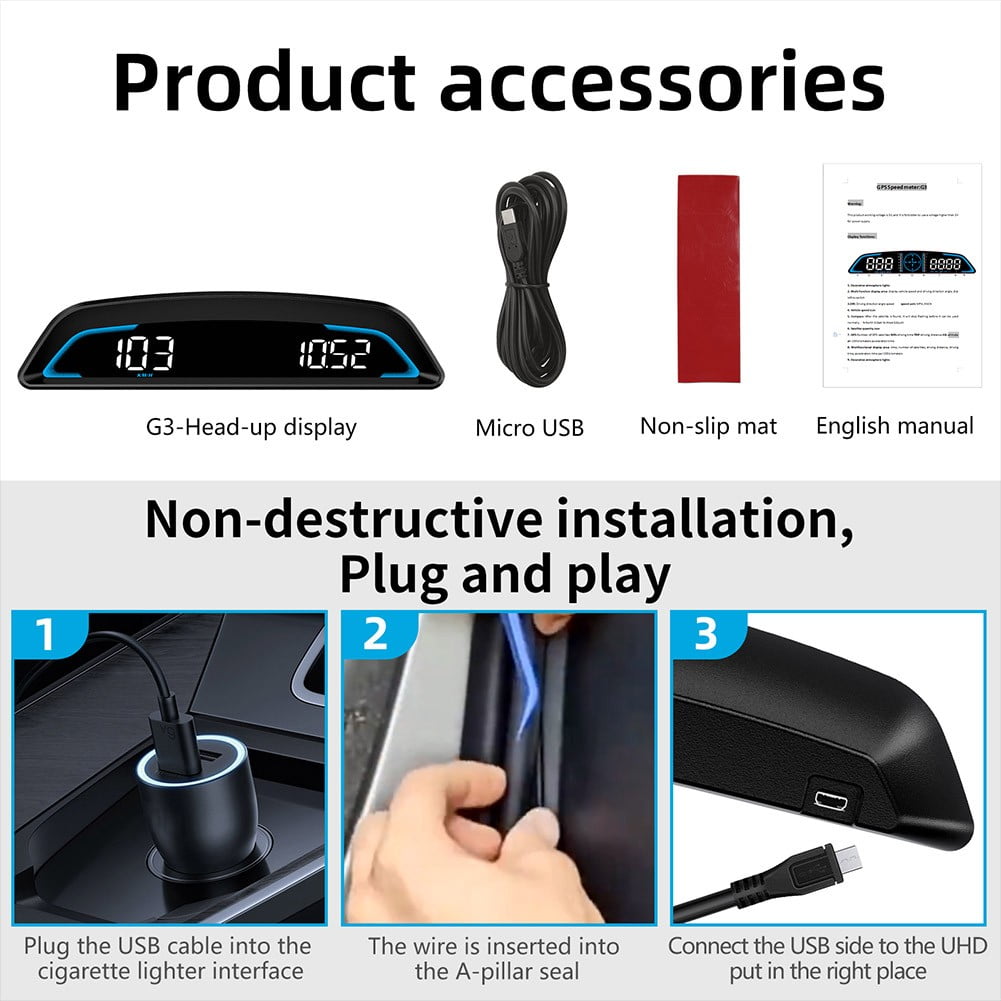

Short time frames allow you to take action quickly in case of any alarming trends however, too short a time span increases the likelihood of random fluctuations and, thus, false alarms - tracking something per minute or per second, as an exaggerated example, would likely result in many random variations that would not be easy to connect with any design change. What time frame to use depends on your specifics. The rate of a metric over a given time period allows you to easily see whether things are getting better or worse as you make design changes. (Of course, you must still choose this metric carefully, to ensure that it relates to your UX goals or KPIs and that you can affect it). Time FrameĬommunicating a data measure in relation to a time frame is the simplest way to add meaning to a metric and applies to almost any type of data that can be tracked.
#ADD DEFINITION UPDATE#
In this case, perhaps an app update was released after week 4: the number of downloads continued steadily, but suddenly the ratio of new active users to downloads increased. In contrast, a graph capturing a ratio, like that between the number of new active users and the number of downloads within a week (blue) is a much more meaningful measure, as it should remain relatively stable unless a significant change in the user experience occurs. A cumulative curve such as the number of app downloads (red) will always increase, regardless of any other factors. Ideally, the tracked rate or ratio should be fairly stable over time, so its fluctuations can be reasonably attributed to your design changes and not to random variations. Better yet, look at the proportion of downloads that led to active use within a given time period. Instead of the number of app downloads, report the ratio between app downloads and the amount of traffic to the app-store page, to understand whether the app description and screenshots convince people to download.


For example, instead of the number of video plays, measure the rate of plays over a given time period (assuming that people who watch the video convert at a higher rate than those who don’t - that would be another meaningful metric). Rather than tracking any single increasing number, add context by translating it into a rate or ratio. Context is needed to make any metric meaningful. While some stakeholders may glom onto such numbers, a measure that will always increase over time doesn’t tell you anything useful about your users’ experience with your product. Examples include metrics such as the overall number of users, number of app downloads, page views, and social-media shares. Vanity: Bigger Is BetterĪ telltale sign of a vanity metric is that the metric is ever growing, where bigger is always better. Tracked metrics should be actionable: changes in the metric should map to changes in the health of our digital property. But what exactly is a vanity metric, and how can you distinguish between vanity and meaningful metrics?ĭefinition: A vanity metric appears impressive but doesn’t give insight into the true performance of a digital property (for example, because it lacks the context needed create a noteworthy comparison or because it measures an aspect of the system not related to any KPI). You may even know that vanity metrics should be abandoned in favor of meaningful metrics. You may have heard the term “vanity metric” in regard to tracking analytics data or KPIs (key performance indicators).


 0 kommentar(er)
0 kommentar(er)
